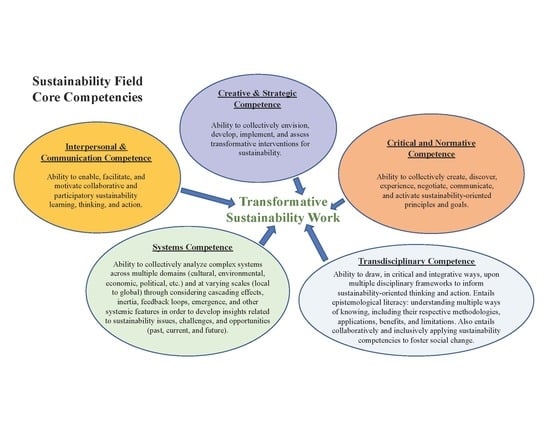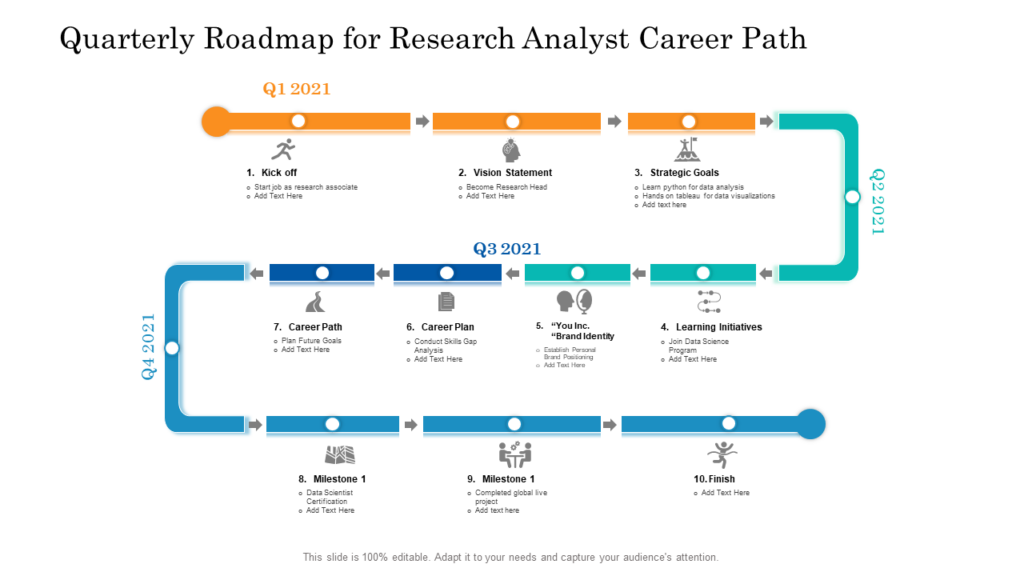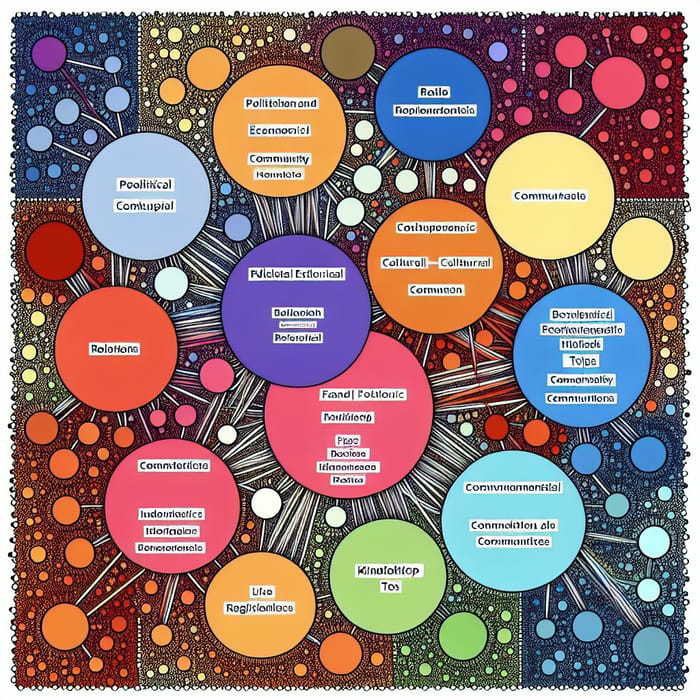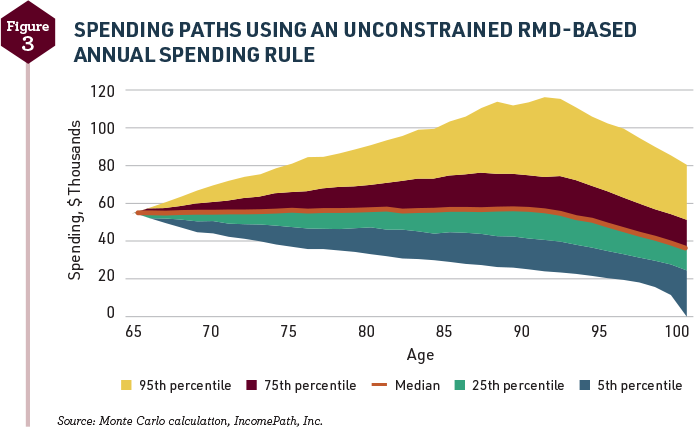Visualizing Your Career Evolution: Mapping the 20-30 Job Future
Navigate career transitions with AI-powered clarity
In today's rapidly evolving professional landscape, the concept of a single lifelong career has become increasingly obsolete. I've witnessed firsthand how the traditional linear path has given way to a more dynamic, multi-faceted approach to professional growth. In this guide, I'll share how we can effectively navigate the emerging 20-30 job future using powerful visualization techniques to transform uncertainty into opportunity.
The New Career Landscape: Beyond Linear Progression
For decades, we've been taught to follow a predictable career formula: get an education, find a matching job, climb the corporate ladder, and eventually retire. But I've observed that this linear A-to-D path is rapidly becoming obsolete in today's dynamic professional environment.
flowchart TD
A[Get Education] -->|Traditional Path| B[Find Matching Job]
B --> C[Climb Corporate Ladder]
C --> D[Retirement]
A -->|Modern Path| E[Job 1: Entry Role]
E --> F[Job 2-5: Skill Building]
F --> G[Job 6-10: Career Pivot]
G --> H[Job 11-20: Multiple Specialties]
H --> I[Job 21-30: Portfolio Career]
style A fill:#FF8000,stroke:#333,stroke-width:1px
style E fill:#FF8000,stroke:#333,stroke-width:1px
style F fill:#FFA040,stroke:#333,stroke-width:1px
style G fill:#FFC080,stroke:#333,stroke-width:1px
style H fill:#FFD0A0,stroke:#333,stroke-width:1px
style I fill:#FFE0C0,stroke:#333,stroke-width:1px
Traditional vs. Modern Career Progression Paths
The 20-30 job future isn't just a possibility—it's becoming the new normal. I've seen professionals across industries embrace multiple careers throughout their working lives, driven by technological disruption, changing market demands, and personal growth aspirations.
This shift requires a fundamental psychological adjustment. Rather than viewing uncertainty as a threat to career stability, I've learned to reframe it as an opportunity for growth and reinvention. This mindset shift doesn't come naturally in a world that has traditionally valued predictable career trajectories, but it's essential for thriving in the emerging professional landscape.
Key Factors Driving the Multi-Career Future
- Accelerating technological change disrupting established industries
- AI integration transforming job functions across sectors
- Increasing longevity extending working lives
- Growing emphasis on work-life alignment and purpose
- Rising importance of adaptability as a core professional skill
To navigate this new landscape effectively, I've found it invaluable to create visual maps of evolving industries and emerging roles. This is where tools like PageOn.ai become essential—they allow me to transform complex career landscapes into clear, actionable visualizations that reveal patterns and opportunities that might otherwise remain hidden.
By mapping out industry trends, skill demands, and potential growth areas, I can identify promising pivot points before they become obvious to everyone else. This visual approach to career planning has helped me stay ahead of disruption rather than reacting to it after the fact.
Self-Assessment: Visualizing Your Transferable Skills Portfolio
When contemplating career pivots, I've learned that traditional resume categories often fail to capture the full spectrum of our capabilities. Creating a comprehensive skills inventory has been transformative in my own career transitions, revealing competencies I hadn't formally recognized but that proved invaluable in new contexts.

One of the most powerful exercises I've found is mapping skill clusters to reveal natural pivot opportunities. By organizing my abilities into visual groupings, I can identify unexpected connections between seemingly unrelated experiences. This approach has helped me recognize how my arts and audio visual technology careers skills could transfer into entirely different industries.
Visualizing the gap between current skills and target role requirements
I've found that PageOn.ai's AI Blocks feature is particularly valuable for structuring and visualizing what I call my "professional DNA"—the unique combination of skills, experiences, and perspectives that differentiate me in the marketplace. This tool has helped me transform abstract abilities into tangible visual assets that clearly communicate my value to potential employers or clients in new industries.
Creating Your Comprehensive Skills Inventory
- Look beyond job titles - Document actual responsibilities and achievements
- Include "soft" skills - Communication, leadership, and adaptability are highly transferable
- Identify technical competencies - Tools, systems, and methodologies you've mastered
- Consider personal attributes - Self-management traits that contribute to workplace success
- Add passion projects - Skills developed outside formal employment often reveal true strengths
By visualizing my skills portfolio rather than simply listing qualifications, I've been able to identify unexpected career opportunities that might have remained invisible through traditional self-assessment methods. This visual approach has been instrumental in helping me develop work planning strategies that leverage my unique combination of transferable skills.
Strategic Pivot Planning: From Fuzzy Intentions to Clear Pathways
In my experience, successful career pivots rarely happen by chance. They require thoughtful planning that balances strategic vision with tactical flexibility. I've found that developing a multi-scenario career roadmap has been essential for navigating transitions effectively.
flowchart TB
A[Current Position] --> B{Decision Point 1}
B -->|Upskill Path| C[Technical Certification]
B -->|Network Path| D[Industry Conference]
B -->|Entrepreneurial Path| E[Side Project Launch]
C --> F{Decision Point 2}
D --> F
E --> F
F -->|Success| G[Target Role]
F -->|Partial Success| H[Bridge Role]
F -->|Reassess| I[Pivot Adjustment]
H --> G
I --> B
style A fill:#FF8000,stroke:#333,stroke-width:1px
style G fill:#66BB6A,stroke:#333,stroke-width:1px
style B fill:#FFD0A0,stroke:#333,stroke-width:1px
style F fill:#FFD0A0,stroke:#333,stroke-width:1px
Multi-scenario career pivot roadmap with decision points
I believe in the principle of "courage before clarity" when it comes to career transitions. Rather than waiting for perfect certainty, which rarely materializes, I've found success by taking decisive action based on the best information available, then adjusting course as needed.
Creating timeline visualizations with milestone achievements has been a game-changer for my accountability. By breaking down a major career transition into concrete steps with specific deadlines, I transform an overwhelming change into a series of manageable actions.

PageOn.ai's Deep Search functionality has been invaluable for integrating industry-specific data into my pivot strategy. This tool allows me to visualize market trends, skill demands, and emerging opportunities in target sectors, providing crucial context for my transition planning.
Elements of an Effective Pivot Strategy
- Skills gap analysis - Identify what you need to learn
- Network development plan - Map connections needed in new field
- Financial runway calculation - Ensure sustainability during transition
- Learning resources inventory - Compile courses, mentors, and experiences
- Risk mitigation strategies - Develop contingency plans for setbacks
Making strategic decisions during career transitions often involves weighing complex factors. I've utilized entrepreneurial decision mapping techniques to visualize risk-reward pathways, helping me make more confident choices even when facing uncertainty.
Building Your Professional Narrative for Transitions
One of the greatest challenges I've faced during career pivots is crafting a coherent story that connects seemingly disparate professional chapters. I've learned that successful transitions require more than just acquiring new skills—they demand a compelling narrative that helps others understand the logic and value of your unique path.
Visualizing professional identity strengths for narrative development
Developing a consistent personal brand that transcends individual roles has been crucial in my own career journey. Rather than defining myself by job titles, I've focused on cultivating a professional identity based on core strengths and values that remain relevant across different contexts.
I've found that different audiences require different framings of my value proposition. What resonates with a startup might differ from what appeals to an established enterprise. Using PageOn.ai's Vibe Creation feature has helped me transform my professional journey into engaging visuals tailored to specific target audiences.

Elements of a Compelling Career Transition Narrative
- Identify the through-line - What consistent themes connect your experiences?
- Highlight transferable wins - Showcase achievements relevant to new contexts
- Address the "why" convincingly - Explain your motivation for pivoting
- Demonstrate thoughtful preparation - Show how you've prepared for this transition
- Focus on value creation - Emphasize how your unique background benefits the new field
Creating portfolio materials that showcase transferable achievements has been essential for successful pivots. Rather than traditional resumes that often reinforce linear career expectations, I've developed visual case studies that highlight how my skills and experiences solve problems relevant to my target field. This approach has been particularly effective when combined with tips for setting work goals that align with my new direction.
Navigating the Emotional Journey of Career Transitions
In my experience, career pivots involve as much emotional labor as intellectual or strategic work. Understanding and preparing for the psychological challenges of transition has been crucial for maintaining momentum during difficult periods.
flowchart LR
A[Initial Excitement] --> B[Overwhelm]
B --> C[Self-Doubt]
C --> D[Gradual Confidence]
D --> E[New Identity Integration]
style A fill:#FFD0A0,stroke:#333,stroke-width:1px
style B fill:#FFB0B0,stroke:#333,stroke-width:1px
style C fill:#B0B0FF,stroke:#333,stroke-width:1px
style D fill:#B0FFB0,stroke:#333,stroke-width:1px
style E fill:#FF8000,stroke:#333,stroke-width:1px
Common emotional stages during career pivots
I've learned that mapping support systems and resources to leverage during transitions is essential for emotional resilience. Knowing who to turn to for different types of support—whether technical guidance, emotional encouragement, or honest feedback—has helped me navigate challenging periods with greater confidence.

Creating visual anchors for maintaining self-belief during challenging periods has been a powerful practice in my own transitions. I use PageOn.ai to transform abstract feelings into tangible visual expressions that serve as reminders of my capabilities and progress when doubt inevitably creeps in.
Strategies for Emotional Resilience During Transitions
- Normalize uncertainty - Recognize that discomfort is part of growth
- Create progress markers - Celebrate small wins to maintain momentum
- Develop reflection rituals - Regular journaling or visualization practices
- Build a transition community - Connect with others in similar situations
- Practice self-compassion - Treat yourself with the kindness you'd offer others
I've found great value in developing visual reminders of past successful adaptations and growth moments. When facing the uncertainty of a new pivot, these tangible representations of previous transitions remind me that I've navigated similar challenges before and emerged stronger. As experts note, it's normal to feel overwhelmed when starting a career pivot, but courage must come before perfect clarity.
Practical Implementation: From Vision to Reality
Turning career pivot visions into reality requires structured action plans and practical strategies. I've found that creating a structured learning plan for acquiring pivot-necessary skills is the foundation of successful implementation.
Implementation progress tracking across pivot preparation categories
I've learned that visualizing networking strategies is essential for entering new professional ecosystems. Mapping out key individuals, organizations, events, and communities in my target field has helped me approach relationship-building systematically rather than haphazardly.
Mapping financial considerations and runway requirements during transitions has been crucial for sustainable pivots. By visualizing income projections, savings depletion rates, and potential supplementary revenue streams, I can make more informed decisions about timing and approach.

Using PageOn.ai to develop clear visual representations of job search strategies has transformed my approach to finding opportunities. Rather than applying indiscriminately, I create targeted campaigns with custom materials for specific types of roles, tracking progress and outcomes to continuously refine my approach.
Practical Implementation Checklist
- Create a learning roadmap - Identify specific skills to develop with timeline
- Build a networking calendar - Schedule regular connection activities
- Develop financial contingencies - Plan for various income scenarios
- Establish accountability system - Find partners or tools to track progress
- Create decision criteria - Develop framework for evaluating opportunities
Constructing visual decision-making frameworks for evaluating opportunities has helped me make more objective choices during transitions. By clearly defining my priorities and non-negotiables in advance, I can assess potential roles against consistent criteria rather than being swayed by immediate emotions or pressures.
Future-Proofing: Preparing for Continuous Career Evolution
In today's rapidly changing professional landscape, I believe that future-proofing isn't about predicting specific jobs but developing systems for continuous adaptation. Building an early-warning system for industry shifts requiring adaptation has become an essential practice in my career management approach.
flowchart TD
A[Continuous Skill Assessment] --> B{Gap Identified?}
B -->|Yes| C[Targeted Learning]
B -->|No| D[Exploratory Learning]
C --> E[Apply in Current Role]
D --> E
E --> F{New Opportunity?}
F -->|Yes| G[Internal Pivot]
F -->|No| H[External Exploration]
G --> A
H --> A
style A fill:#FF8000,stroke:#333,stroke-width:1px
style E fill:#FFC080,stroke:#333,stroke-width:1px
Continuous career evolution cycle
Creating a visual framework for ongoing skills evaluation and development has transformed how I approach professional growth. Rather than waiting for external prompts like performance reviews, I regularly assess my capabilities against emerging industry demands and proactively address gaps.

Mapping potential future pivots based on emerging trends has become a regular practice in my career planning. By using PageOn.ai to integrate industry forecasts into personalized career planning, I can anticipate potential disruptions and opportunities rather than merely reacting to them.
Future-Proofing Practices
- Create a learning radar - Monitor emerging skills and technologies
- Develop cross-industry awareness - Look for transferable innovations
- Build diverse professional networks - Maintain connections across sectors
- Cultivate adaptability mindset - Practice comfort with change and ambiguity
- Maintain financial flexibility - Create buffers for transition periods
Perhaps the most significant shift I've made is developing a visual mindset shift from "career stability" to "adaptability as security." In a world where industries can transform overnight, I've found that my ability to learn, pivot, and reinvent myself is my true professional insurance policy. This perspective aligns with the company ai transformation roadmap approach that emphasizes adaptability as a core organizational value.
Transform Your Career Visualization with PageOn.ai
Ready to map your own career evolution journey? PageOn.ai's powerful visualization tools can help you transform complex career decisions into clear, actionable visual plans that guide your next successful pivot.
Start Creating Your Career Map TodayEmbracing the Multi-Career Journey
As we navigate the evolving 20-30 job future, I've found that visual tools and frameworks are invaluable for making sense of complexity and charting clear paths forward. The ability to transform abstract career concepts into tangible visual expressions has been transformative in my own professional journey.
PageOn.ai offers a powerful platform for creating these essential visualizations—from skill maps and decision frameworks to emotional journey charts and implementation plans. By leveraging these tools, we can approach career pivots with greater confidence and clarity, turning potential disruption into opportunity.
Remember that career evolution is not a linear process but an ongoing cycle of assessment, learning, application, and growth. By embracing this dynamic approach and developing strong visualization practices, you can thrive in a professional landscape where change is the only constant.
You Might Also Like
The Meta-Mind Advantage: How Self-Aware AI Strategy Defines Market Leadership in 2025
Discover why metacognitive AI strategy separates industry leaders from followers in 2025. Learn frameworks for building self-aware AI implementation that drives competitive advantage.
Transforming Marketing Teams: From AI Hesitation to Strategic Implementation Success
Discover proven strategies to overcome the four critical barriers blocking marketing AI adoption. Transform your team from hesitant observers to strategic AI implementers with actionable roadmaps and success metrics.
The Visual Evolution of American Infrastructure: Canals to Digital Networks | PageOn.ai
Explore America's infrastructure evolution from historic canal networks to railroads, interstate highways, and digital networks with interactive visualizations and timelines.
Building Trust in AI-Generated Marketing Content: Transparency, Security & Credibility Strategies
Discover proven strategies for establishing authentic trust in AI-generated marketing content through transparency, behavioral intelligence, and secure data practices.
